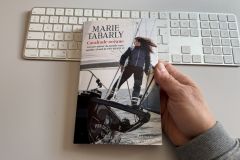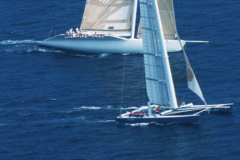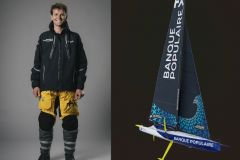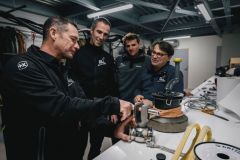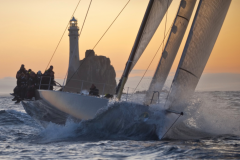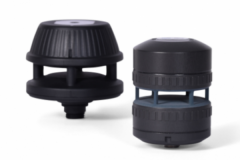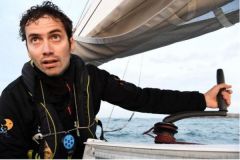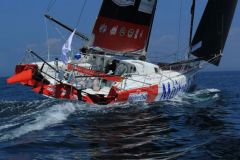An innovative IMOCA
The skipper Armel Tripon unveils his IMOCA euros, whose architecture is a radical departure from the current codes of L'Occitane en Provence. 44 years old, the Nantes native will participate in his first Vendée Globe aboard a brand new foiler designed by Sam Manuard, a first for the architect, and built by the Nantes shipyard Black Pepper Yacht.
If her design is a real contrast with the other foilers, the first thing to note is the scow hull. This design, which first proved itself in Mini, has just been adapted to Class40 on Crédit Mutuel, on board which Ian Lipinski has just won the 2019 Transat Jacques Vabre, despite a late launch. Could this be the winning concept?
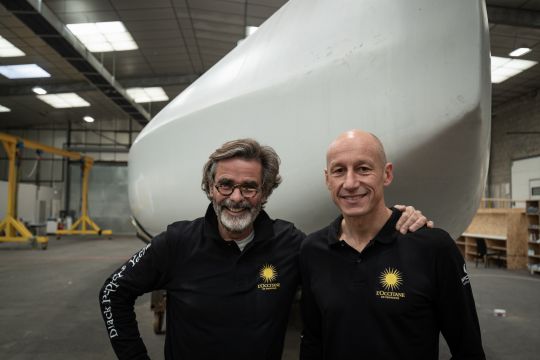
pierre Bourras - L'occitane en Provence
A scow hull
The fact remains that this voluminous bow, which can be compared to a euro ski spatula, allows the boat to pass through the waves without "stopping at the buffet". IMOCA boats tend to decelerate very quickly in heavy seas and the shocks can be very violent. This more progressive design should thus allow to obtain a better average speed, in particular in the Deep South, where nearly 70% of the race takes place, downwind.
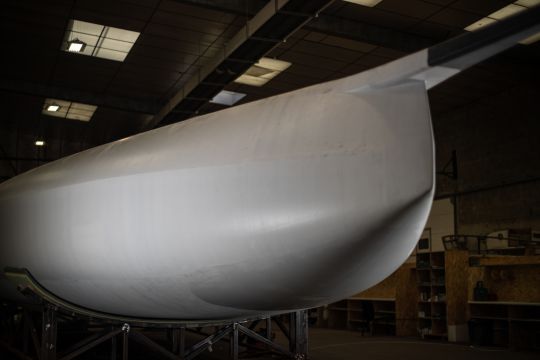
pierre Bourras - L'occitane en Provence
A flush-deck
The flush-deck is slightly convex so that the water flows as quickly as possible. If it allows you to stay light when sailing, this shape also allows you to matoss more easily.
A narrow cockpit
The cockpit is quite narrow and closed, a bit like on a Class40. It allows to optimize the maneuvers by having everything at hand without moving too much and to improve safety. This ergonomics also allows to lower the center of gravity of the cockpit and its equipment. Its recessed position provides space both on deck and inside for efficient storage. The latter should be protected by a front vision cap that will keep an eye on the sails.
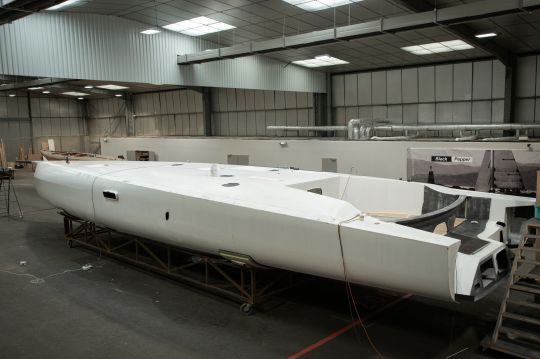
pierre Bourras - L'occitane en Provence
A reduced width
The width of the boat is moderate, to reduce the developed deck/hull surfaces and reduce the weight of the boat. The hull shape remains powerful to maintain stability, especially when the boat is moving at low speed during gybing maneuvers.
Offset foils s
Finally, the offset foils will be large, allowing for the generation of dynamic MR with little drag, to "get closer to the way a trimaran works." They will be able to rise up to avoid dragging in the water in light airs or in heavy airs to calm things down.
The boat will be launched at the end of January in Nantes before heading to its home port of La Trinité. Armel Tripon will then take part in the solo Transat in May 2020 and then in the return transatlantic race "New York euros Vendée". After a winter refit that will take place in the summer, L'Occitane en Provence will take the start of the Vendée Globe 2020.
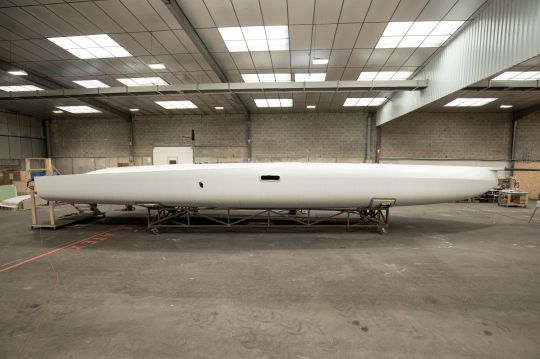
pierre Bourras - L'occitane en Provence
The words of the architect, Sam Manuard
"We based our thinking on the principle of efficiency in the Vendée Globe. How can a man alone in a hostile environment and in charge of his own safety make the most of his boat's potential? How can he succeed in pushing the boat throughout the course and in particular in the Deep South? This is the perspective that led us to make these choices. We want a boat that is easy and homogeneous, and that best protects its skipper. The last Transat Jacques Vabre showed that these new Imoca boats are very fast, but very demanding to sail, and many skippers consider that they will not be able to keep up with the pace of double-handed racing in solo mode







